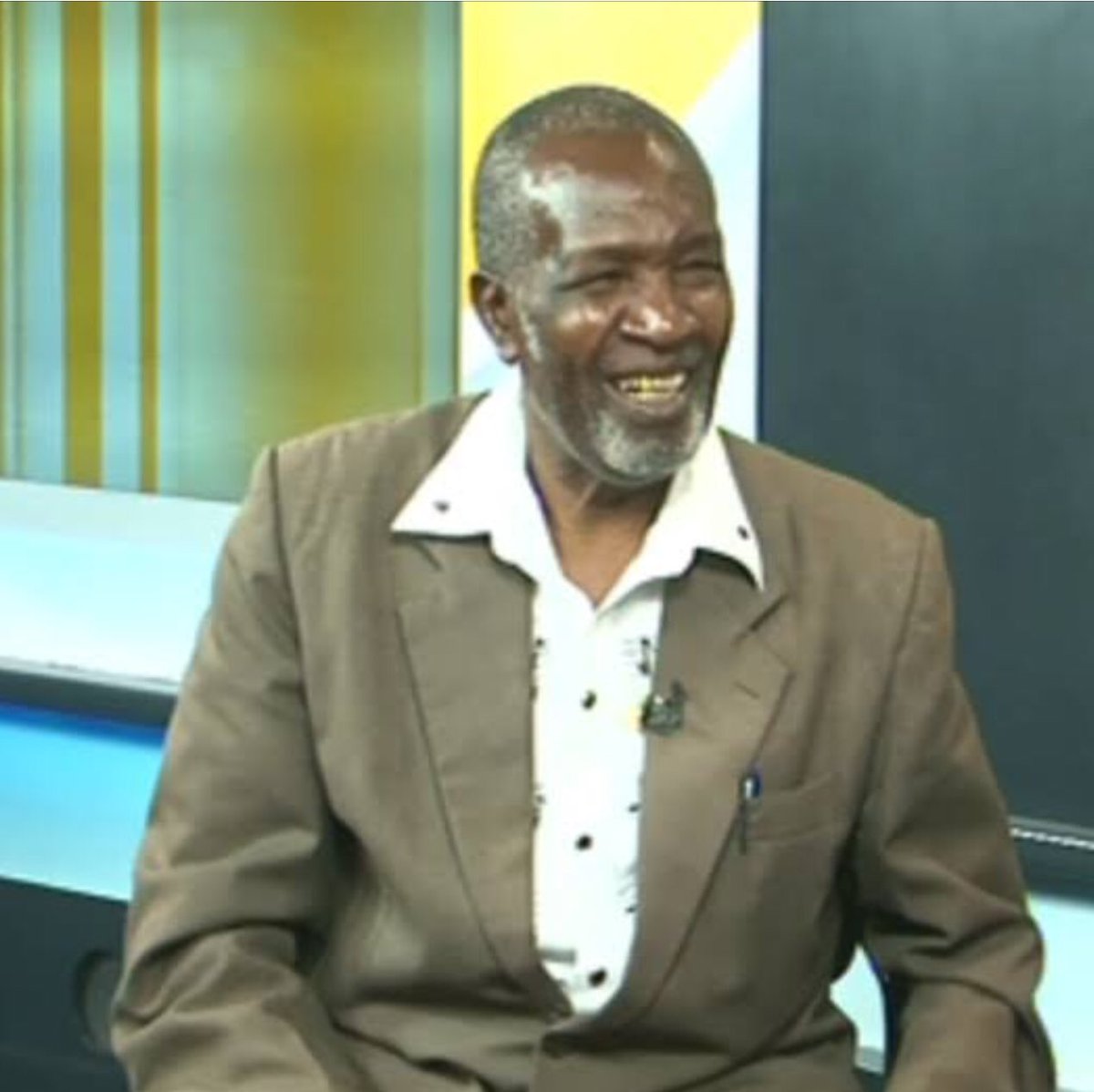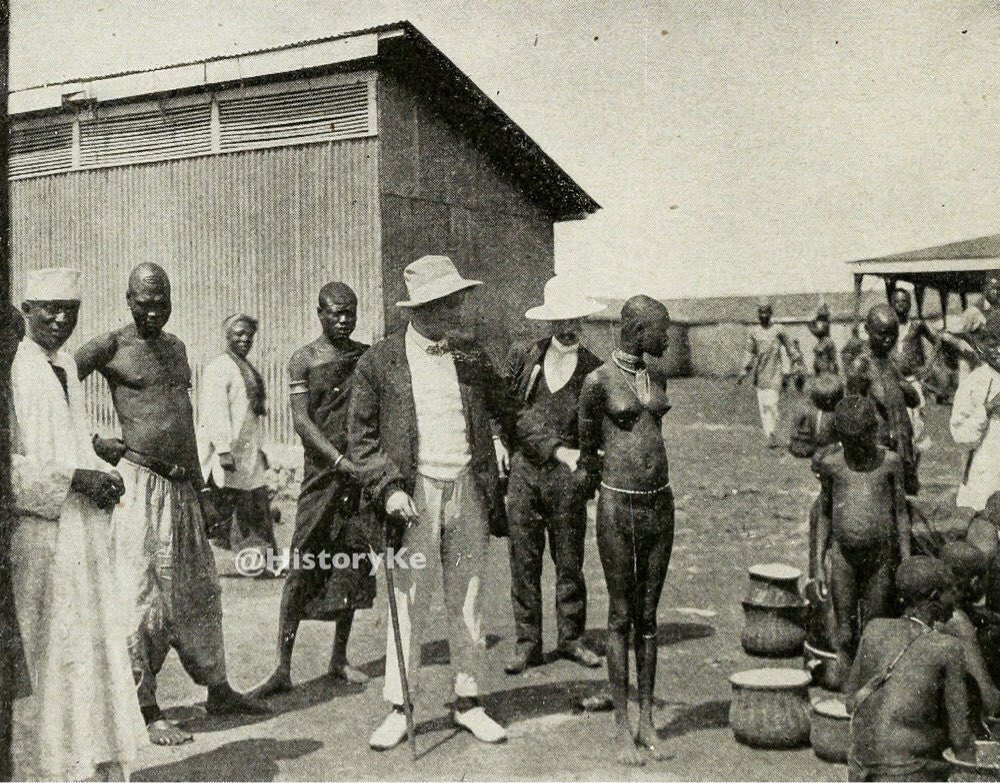2/41 With rumours of war mounting in Europe in the late 1930s, the Kenya Regiment was founded. It was meant to provide, in case war broke out, a supply of white military officers to lead the growing number of African soldiers in the King’s African Rifles (KAR).
3/41 So when WW2 broke out in Europe in 1939, all British men in Kenya aged between 18 and 35 were called up to join the Regiment. At the time, Kenya had a German population of about 700.
4/41 Amidst the state of war, the colonial government temporarily suspended flights by Imperial Airways, postal and telegraphic communications were placed under censorship and petrol supplies rationed. Moreover, a stern warning against trading with the enemy...
5/41 ...was issued by the government, which also requisitioned privately owned lorries.
6/41 Despite loud protestations by European grain farmers through the Nairobi Chamber of Commerce, the government further moved to regulate the prices of food.
7/41 District Commissioners all over the country were ordered to round up Germans in their districts and send them over to Nairobi.
8/41 One DC, G. B. Rimington, rounded up Germans living at the coast and forcefully transported them to Voi. For a few days, the Germans were held at the Voi railway station restaurant, where they reportedly consumed copious amounts of beer.
9/41 According to author C. S. Nicholls, Rimington recalled the Germans promising that they would “put in a good word” for him once Hitler’s Third Reich took over in Kenya, “which would be only a matter of a week or two”.
10/41 Of course, this didn’t happen.
11/41 Later on, the Germans were ferried to Nairobi, where they were held at the Vermont Memorial Hall, which I believe is the present-day Jewish synagogue (the irony). A few others were moved to the St. Andrew’s church hall nearby.
12/41 According to Nicholls, the Germans on the first night demanded that Jews and Nazis among them dine separately.
13/41 German women and children were not detained, and were allowed to visit their menfolk. But those women who were left behind in their farms were however expelled from their houses “for your own protection.”
14/41 Some were transferred to a camp in Mau Summit that was ran by First Aid Nursing Yeomanry (FANYs) under one Lady Sidney Farrar.
15/41 And although no German property was confiscated, the management of German farms was taken over by Englishmen.
16/41 After a few weeks, Gloucester hotel in Nairobi’s Parklands (I’m keen to know where this was situated) was specially rented by the British government. German detainees at the two halls were moved to the hotel from the two halls.
17/41 German Jews who had fled persecution in Germany were released.
18/41 Meanwhile, as the war continued, the Kenya Regiment expanded so rapidly that there was need to set up new training camps for officers.
19/41 In spite of opposition by mothers fearful that their sons would contract malaria and other tropical diseases in Uganda, one camp was set up in Kampala. Yet another officers’ training school, which is today the Kenya Military Academy at Lanet, was built.
20/41 The main threat against Kenya during the war came from Italian-held Abyssinia (Ethiopia) in the north, and Italian Somaliland eastwards. Thus most of the Kenyan troops were deployed in the country’s north. 
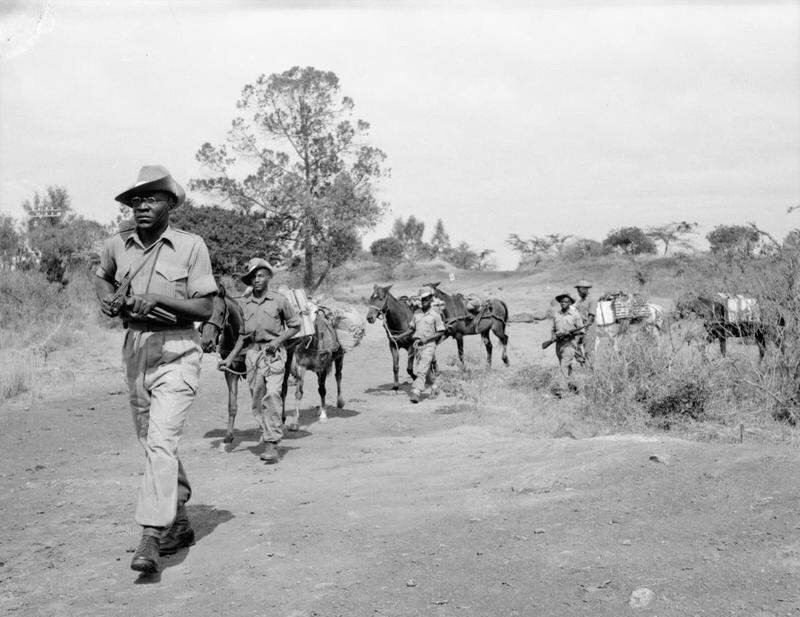
21/41 When Italy joined the war in June 1940, it was decided in London to place East Africa’s war operations under the Middle East Command.
22/41 Italians in Kenya were, like their German counterparts earlier, promptly rounded up and detained.
23/41 From a logistics perspective, Italy had more than 200,000 troops in its Somaliland territory, and in Ethiopia. Collectively, East Africa had a measly 8,500, most of whom acted as Northern Frontier District (NFD) border patrol troops.
24/41 The major routes to the north of Kenya were via Kitale and Lodwar, Thika-Garissa, Nanyuki-Archers Post-Marsabit and Isiolo to Habaswein.
25/41 In July of 1940, the Italian war machine captured the fort at Moyale (pictured) after two weeks of sporadic fighting. British forces were forced to retreat. 
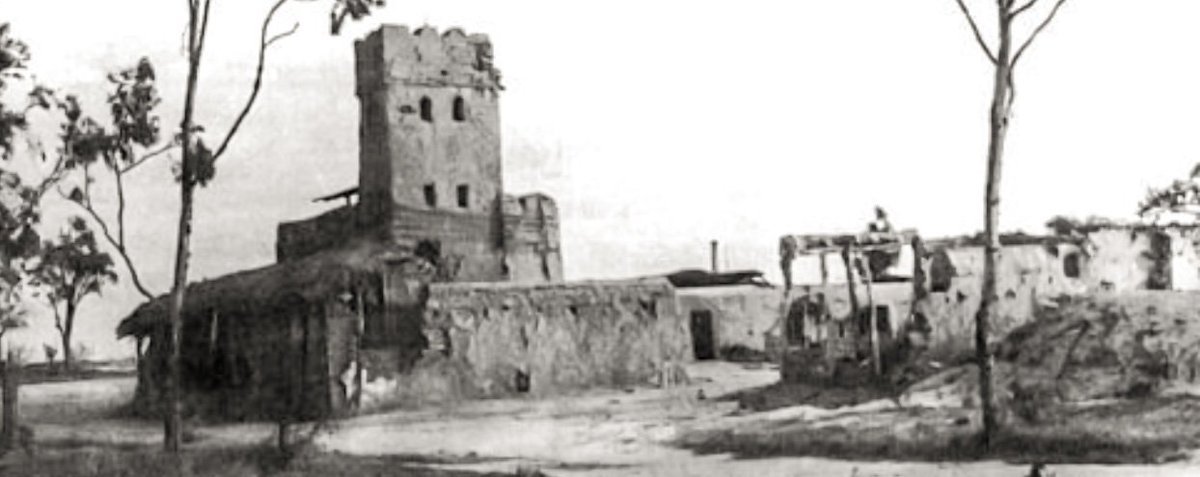
26/41 But daunted by the prospects of crossing through hostile desert in the north of Kenya, the Italians decided to halt their advance southwards.
27/41 Meanwhile, it was clear in the London War Office that Nairobi was in desperate need of reinforcements.
28/41 By December of 1940, the British government had managed to amass no fewer than 75,000 troops in Kenya. Of these, about 10,000 were drawn from Gold Coast (Ghana) and Nigeria, and some 25,000 from South Africa. The latter were put up at a temporary camp...
29/41 ...inside Nairobi’s City Park.
30/41 The South Africans also brought along a number of fighter aircraft such as this Hawker Hurricane flying over Nairobi in 1941. 
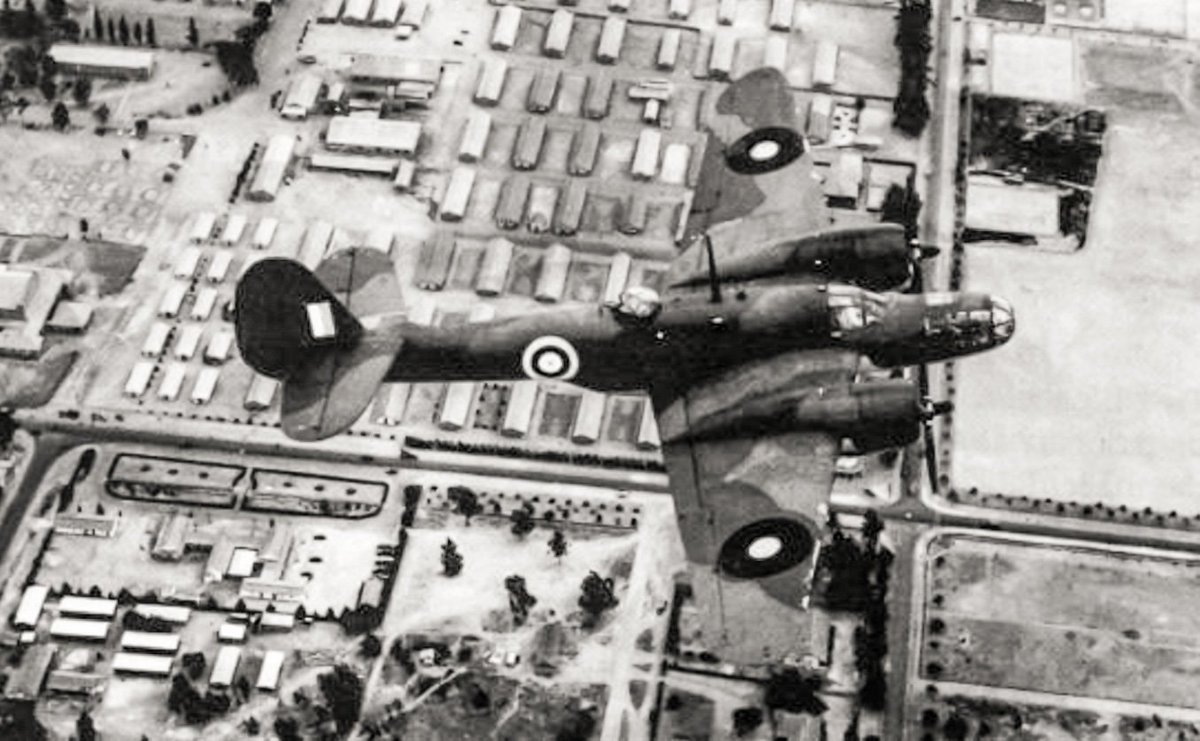
31/41 The spitfires were a God-send for KAR troops up north. Kenya had borne the brunt of regular nocturnal bombardments on KAR positions by the Italian Air Force. The spitfires were instrumental in the destruction of Italian airfields, such as at Negele...
32/41 ...(pictured). 
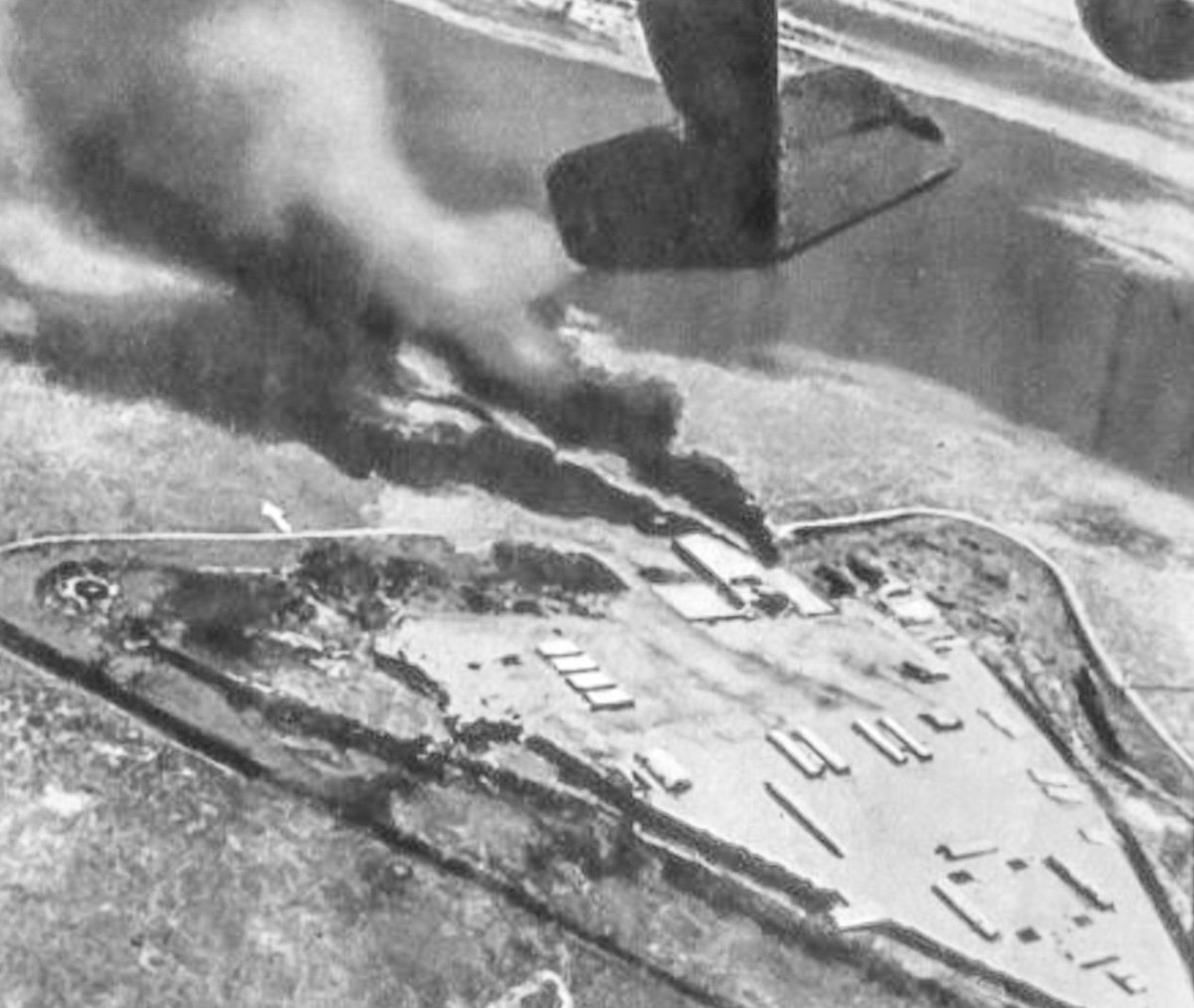
33/41 In January of 1941, the combined East African forces under the command of Sir Alan Cunningham (pictured below) began their counter attack on the Italians with the battle of El Wak near Wajir. Within a month, the troops had captured Kismayo and occupied a... 
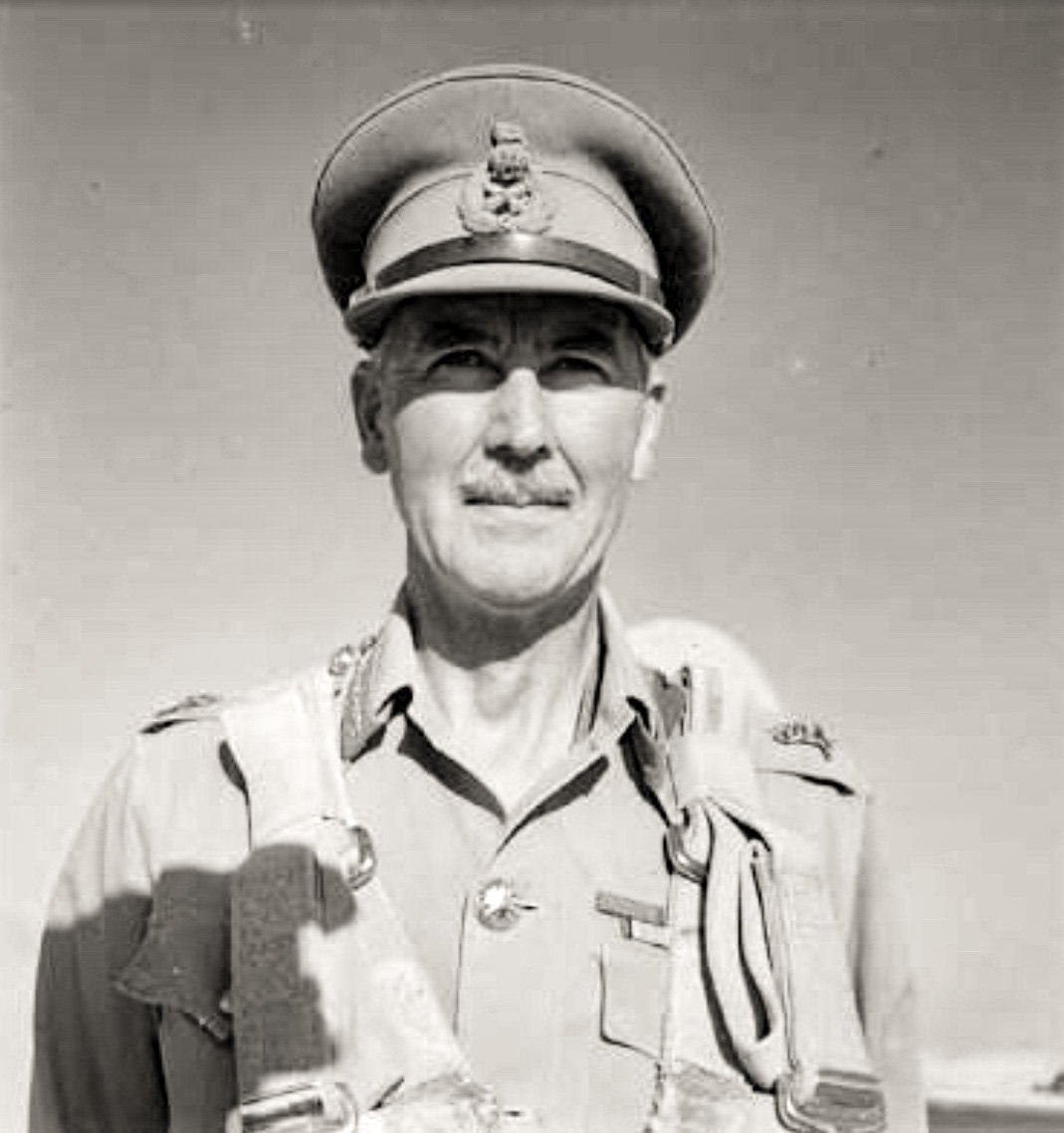
34/41 ...large swathe of Italian Somaliland. Another column of KAR troops ran over Italians in Abyssinia and on 6th April 1941, Addis Ababa was declared liberated. In this picture, Haile Selassie raises the Ethiopian flag in Addis Ababa and, next, makes his... 

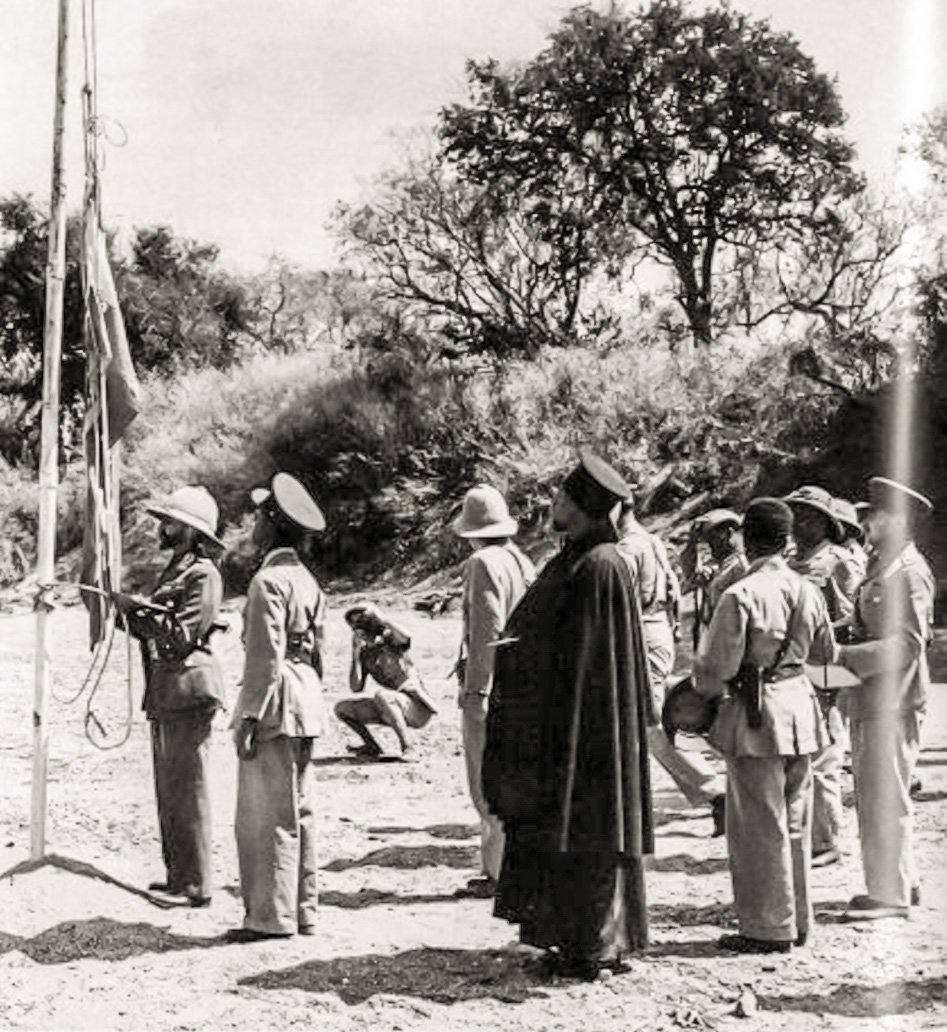
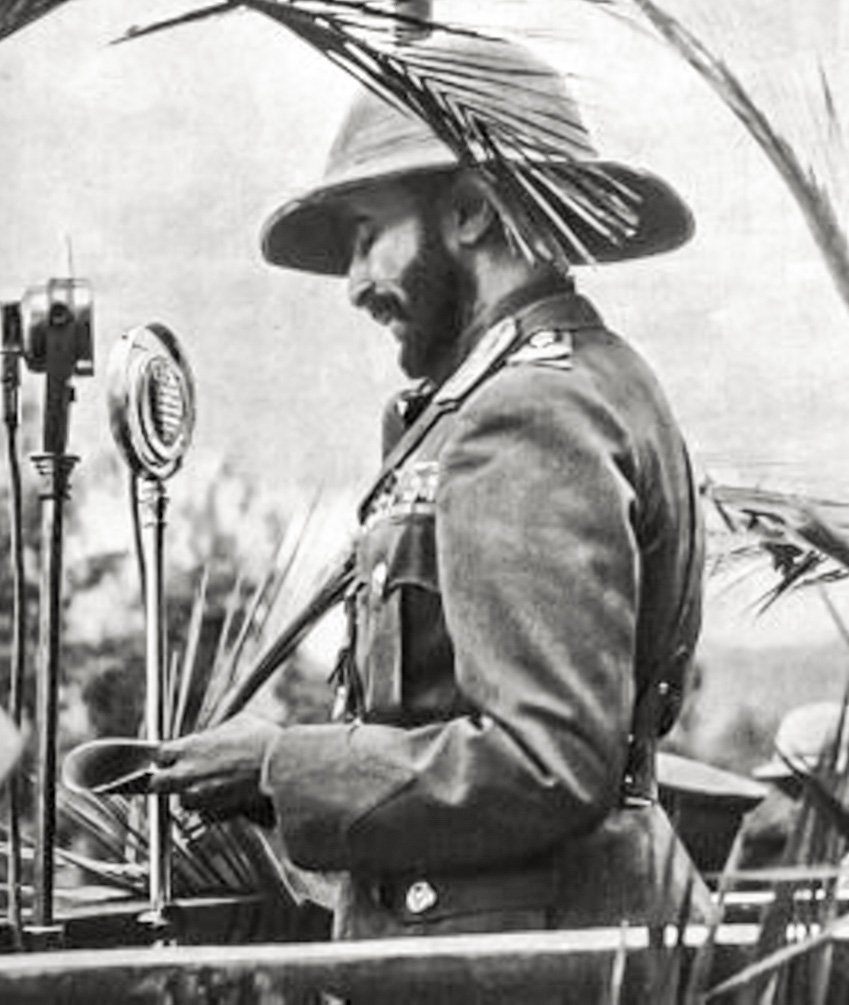
35/41 ...return speech.
36/41 In other parts of Abyssinia, South African troops pursued the retreating Italians beyond of Mieso and towards present-day Eritrea. On yet another front, West African troops took their battle to remnants of Italian troops fleeing Addis Ababa towards the...
37/41 ...Omo river. Some Nigerian infantrymen serving in Somalia surprised commanders when they covered 275 miles between 0600Hrs on 23 February and 1700Hrs on 25 February. Led by General Gazzera, the Italians fled westwards and eventually surrendered to...
38/41 ...Belgian troops.
39/41 Abyssinia was finally free and the British settlers in Kenya could breathe a sigh of relief.
40/41 On a related note, some Africans who served in the KAR and survived the war, particularly if they hailed from western Kenya or the coast, were christened Keya or Keah. If you have kinsmen today who bear these names, it is likely their father or...
41/41 ...grandfather served in the war.
• • •
Missing some Tweet in this thread? You can try to
force a refresh




